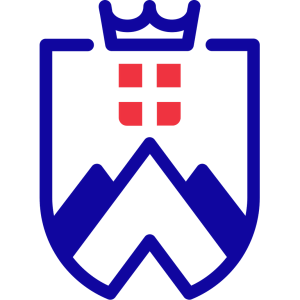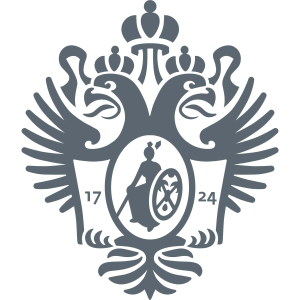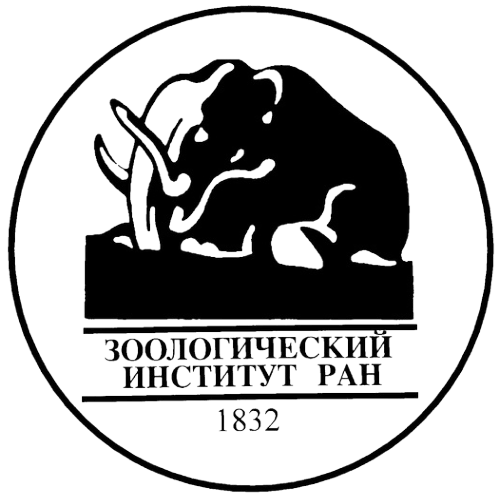
The Yellow-browed Warbler (Phylloscopus inornatus) as a model to understand vagrancy and its potential for the evolution of new migration routes
Why and how new migration routes emerge remain fundamental questions in ecology, particularly in the context of current global changes. In its early stages, when few individuals are involved, the evolution of new migration routes can be easily confused with vagrancy, i.e. the occurrence of individuals outside their regular breeding, non-breeding or migratory distribution ranges. Yet, vagrancy can in theory generate new migration routes if vagrants survive, return to their breeding grounds and transfer their new migration route to their offspring, thus increasing a new migratory phenotype in the population. Here, we review the conceptual framework and empirical challenges of distinguishing regular migration from vagrancy in small obligate migratory passerines and explain how this can inform our understanding of migration evolution. For this purpose, we use the Yellow-browed Warbler (Phylloscopus inornatus) as a case study. This Siberian species normally winters in southern Asia and its recent increase in occurrence in Western Europe has become a prominent evolutionary puzzle. We first review and discuss available evidence suggesting that the species is still mostly a vagrant in Western Europe but might be establishing a new migration route initiated by vagrants. We then list possible empirical approaches to check if some individuals really undertake regular migratory movements between Western Europe and Siberia, which would make this species an ideal model for studying the links between vagrancy and the emergence of new migratory routes.
Top-30
Journals
|
1
2
|
|
|
Movement Ecology
2 publications, 11.11%
|
|
|
iScience
1 publication, 5.56%
|
|
|
Proceedings of the Zoological Institute RAS
1 publication, 5.56%
|
|
|
Journal of Comparative Physiology A: Neuroethology, Sensory, Neural, and Behavioral Physiology
1 publication, 5.56%
|
|
|
Proceedings of the Royal Society B: Biological Sciences
1 publication, 5.56%
|
|
|
Bulletin of the British Ornithologists' Club
1 publication, 5.56%
|
|
|
Ecology and Evolution
1 publication, 5.56%
|
|
|
Rivista Italiana di Ornitologia
1 publication, 5.56%
|
|
|
Ibis
1 publication, 5.56%
|
|
|
Conservation Biology
1 publication, 5.56%
|
|
|
Scientific Reports
1 publication, 5.56%
|
|
|
BMC Ecology and Evolution
1 publication, 5.56%
|
|
|
Journal of Avian Biology
1 publication, 5.56%
|
|
|
1
2
|
Publishers
|
1
2
3
4
5
|
|
|
Springer Nature
5 publications, 27.78%
|
|
|
Wiley
4 publications, 22.22%
|
|
|
Cold Spring Harbor Laboratory
2 publications, 11.11%
|
|
|
Elsevier
2 publications, 11.11%
|
|
|
Zoological Institute of the Russian Academy of Sciences
1 publication, 5.56%
|
|
|
The Royal Society
1 publication, 5.56%
|
|
|
British Ornithologists' Club
1 publication, 5.56%
|
|
|
PAGEPress Publications
1 publication, 5.56%
|
|
|
1
2
3
4
5
|
- We do not take into account publications without a DOI.
- Statistics recalculated weekly.












